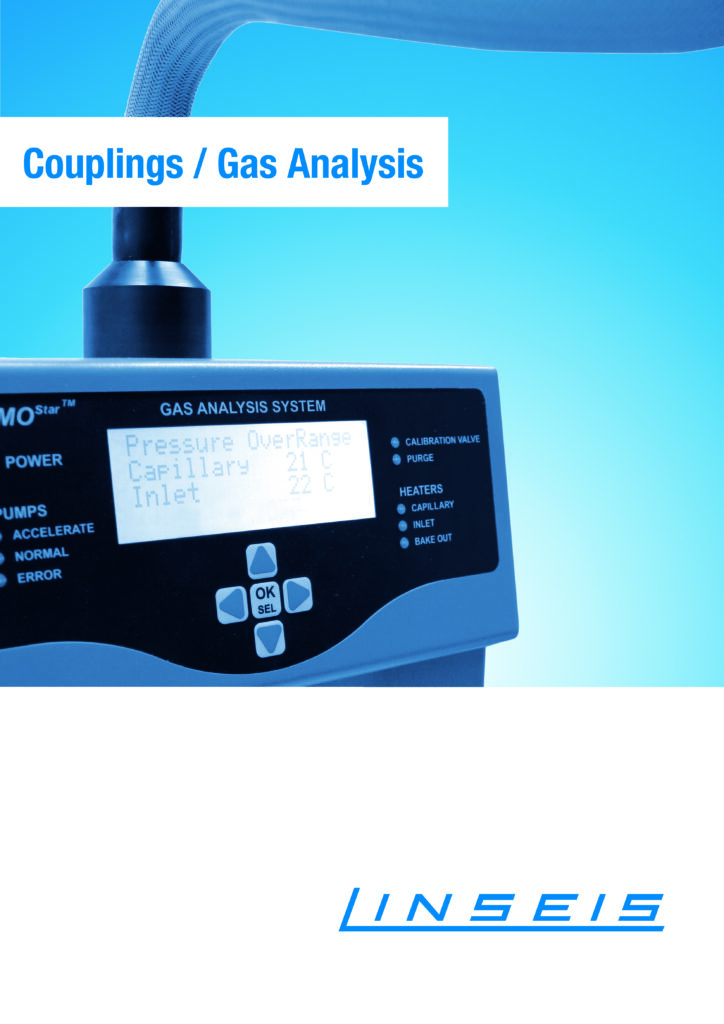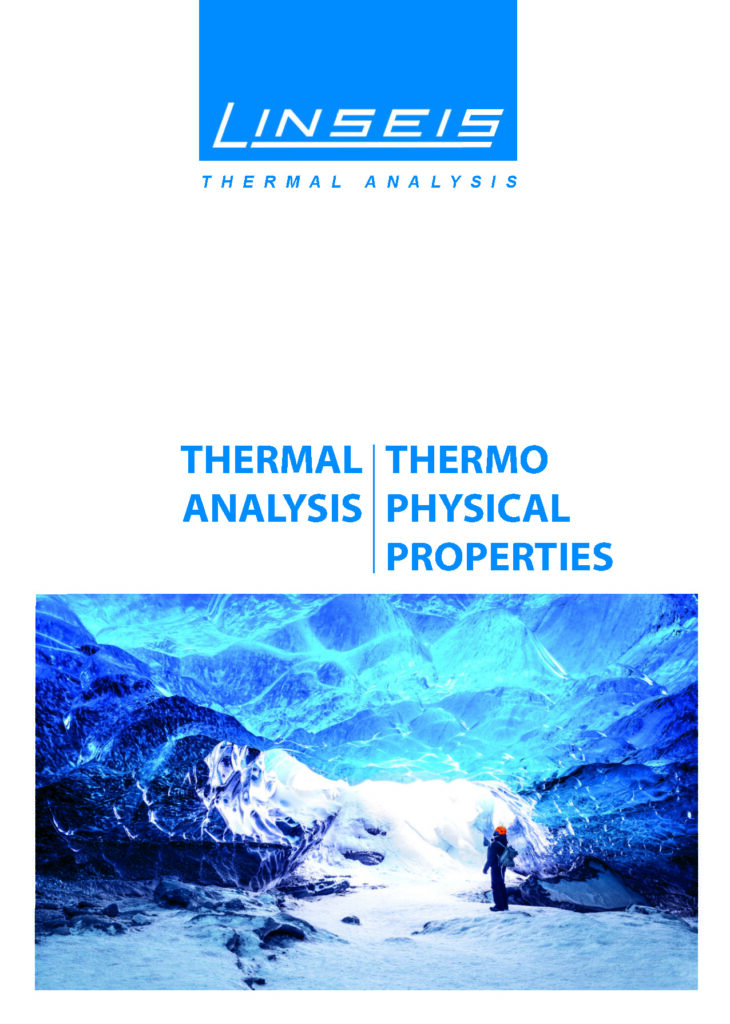Description
To the point
During heating samples often undergo phase transitions and/or weight change due to evaporation of solvents and/or chemical reactions. These changes can be detected by thermal analysis: calorimetric techniques (DTA and DSC) give information about the heat involved in these processes and thermogravimetry (TGA) shows the weight change.
Weight change can be either weight increase due to oxidation reactions or weight loss due to decomposition by liberation of volatile compounds. Analysis of these evolved gases can give valuable information about the sample composition and reaction pathways for decomposition. As thermal analysis gives no information about the nature of the evolved gases, coupling with spectrometers or chromatographs is a valuable tool for evolved gas analysis (EGA).
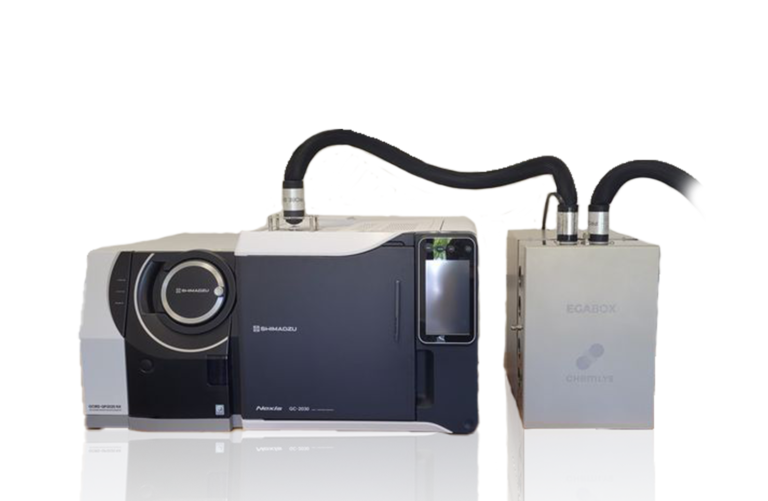
Unique Features
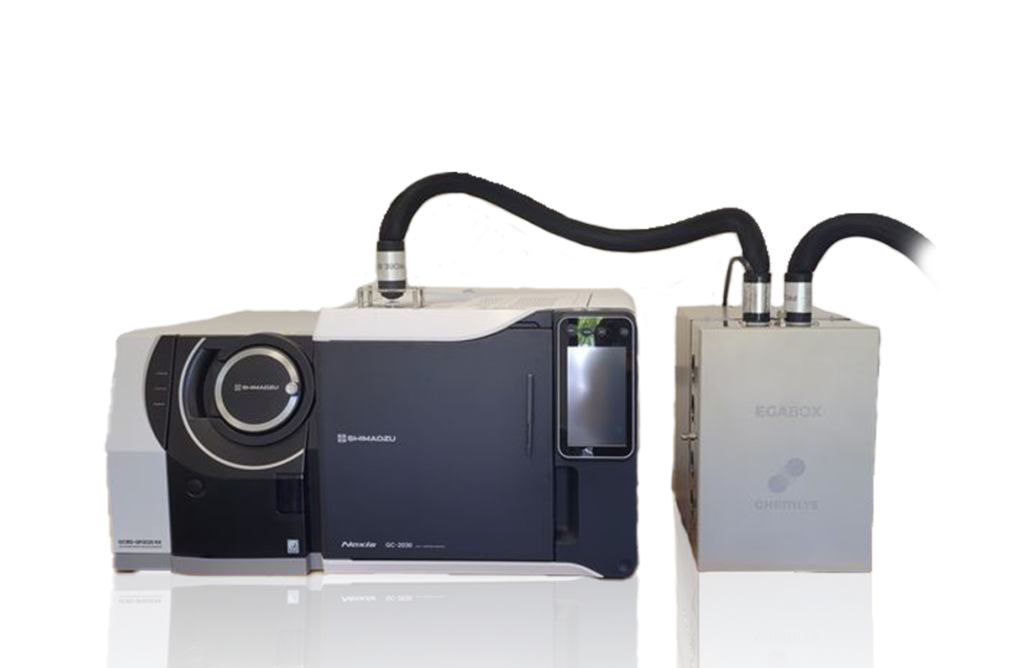
Combined thermal
analysis and GC-MS:
For detailed analysis of the
decomposition gases released.
High detection sensitivity:
Detection and identification
of small gas volumes.
Versatile applications:
Suitable for chemical reaction
studies and material analysis.
Direct coupling:
Easy integration with
thermobalances and
other thermal analyzers.
Wide temperature range:
Supports measurements at
high temperatures.
Questions? We're just a call away!
+1 (609) 223 2070
+49 (0) 9287/880 0
Our service is available Monday to
Thursday from 8-16 o’clock
and Friday from 8-12 o’clock.
We are here for you!
Applications
Application example: Thermal decomposition of latex
At 370° synthetic rubber decomposes into some monomer parts. The main parts limonene and isoprene can be identified using STA combined with GCMS. The STA signal shows mass loss and enthalpie change at 372°. At the same time the GC shows two peaks, a smaller and a bigger one, where the samller one can be identified by mass spectrometrie as isoprene and the bigger one as limonene.

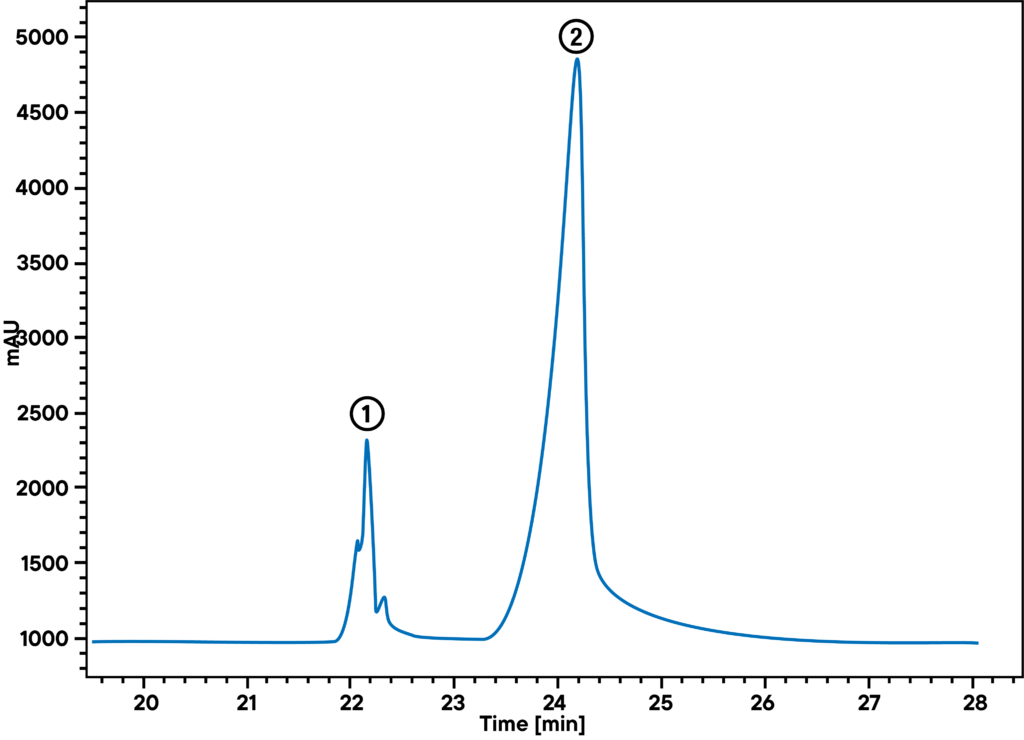
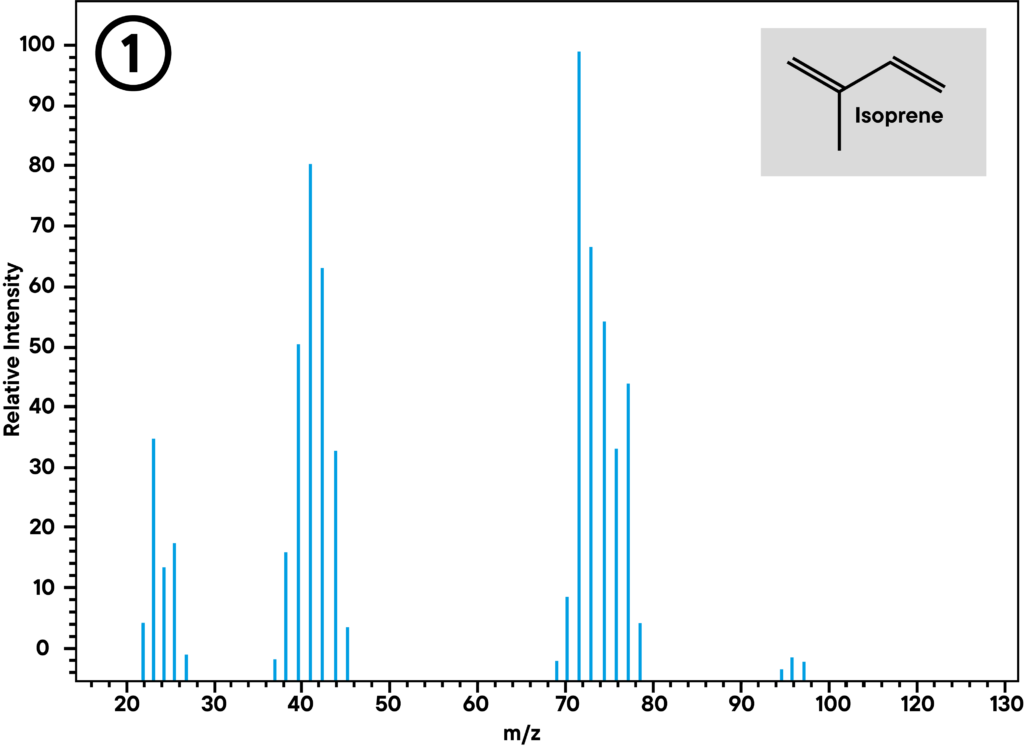
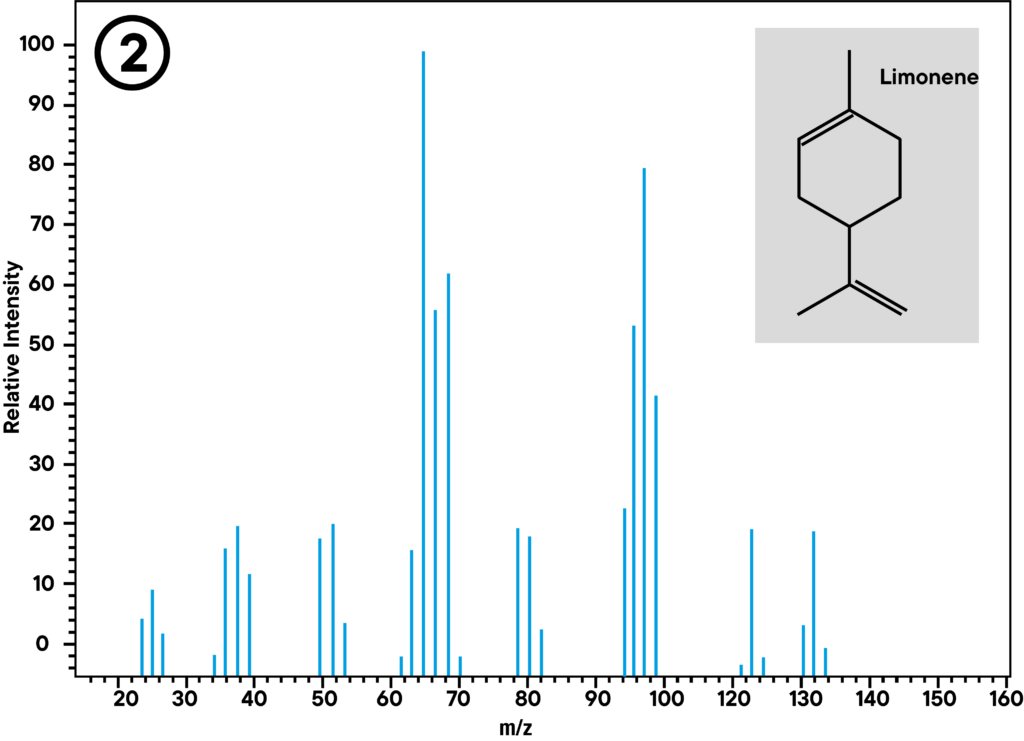
Well informed
